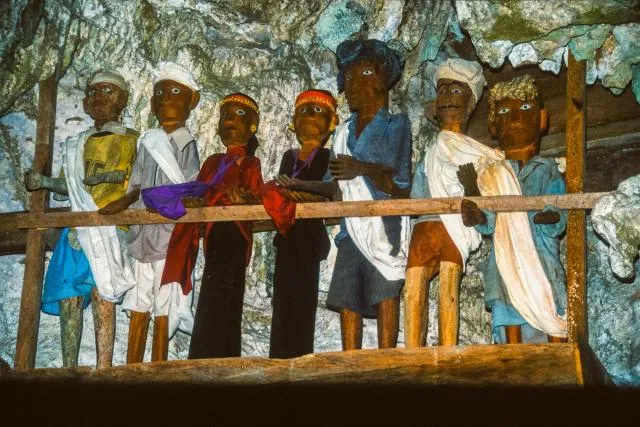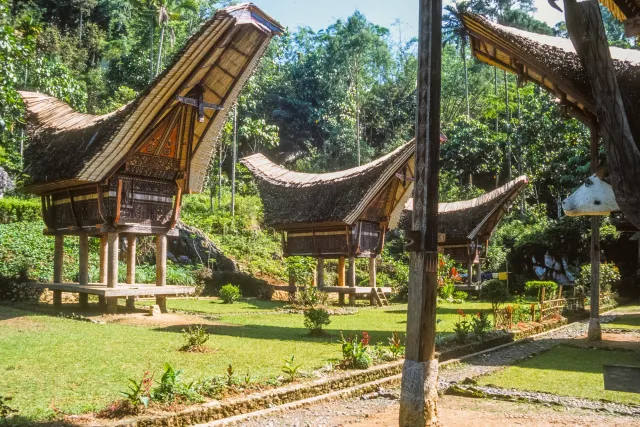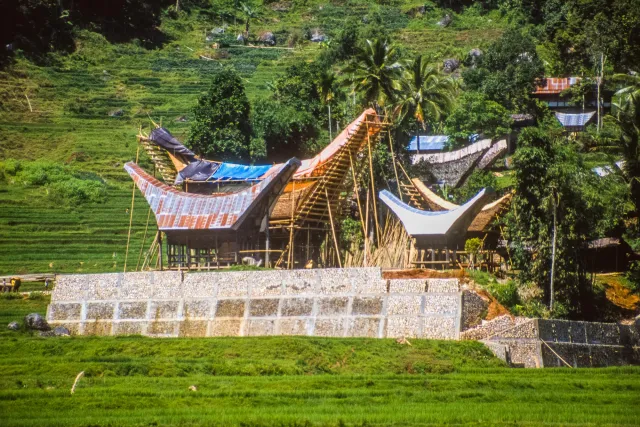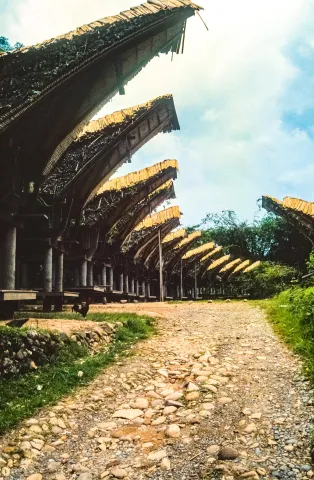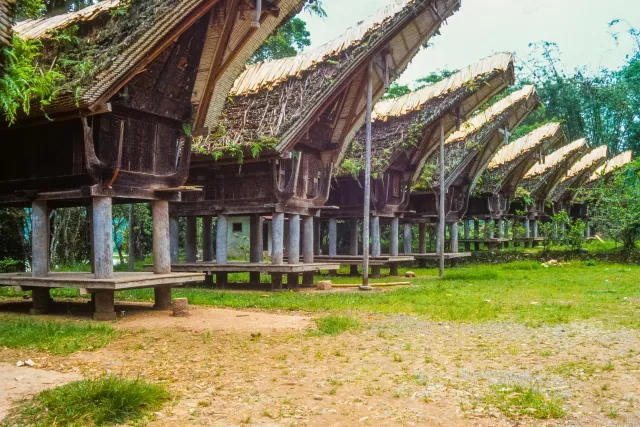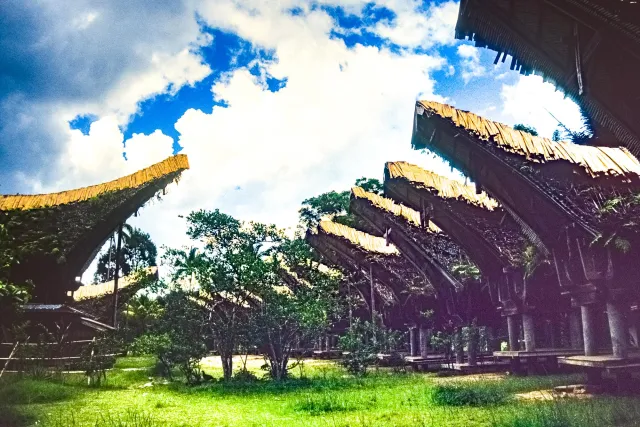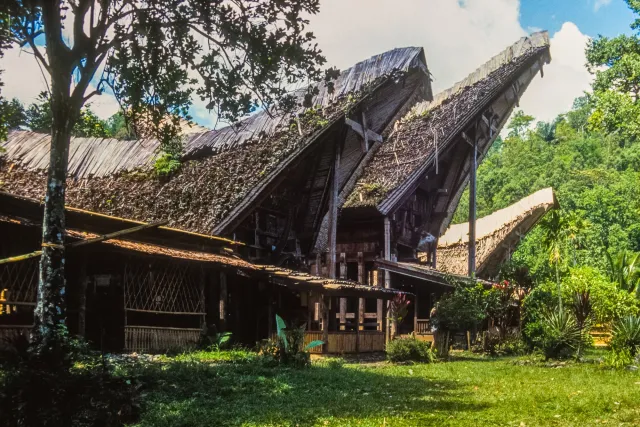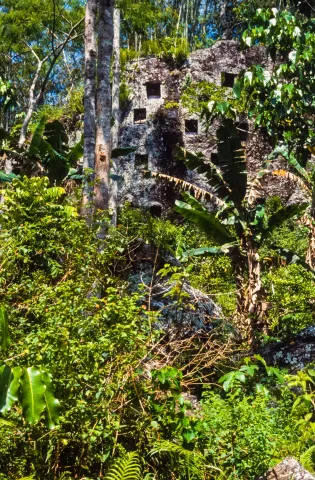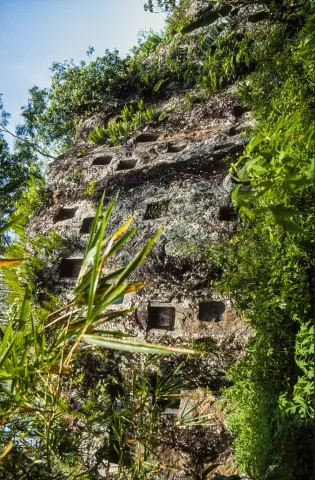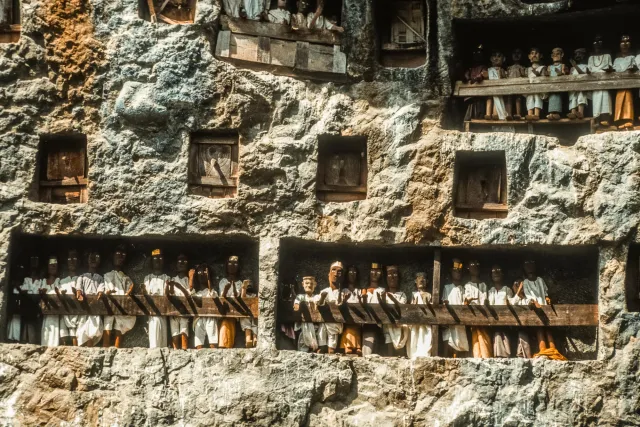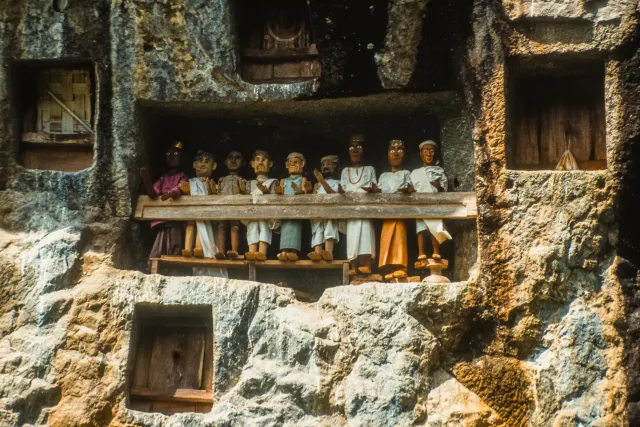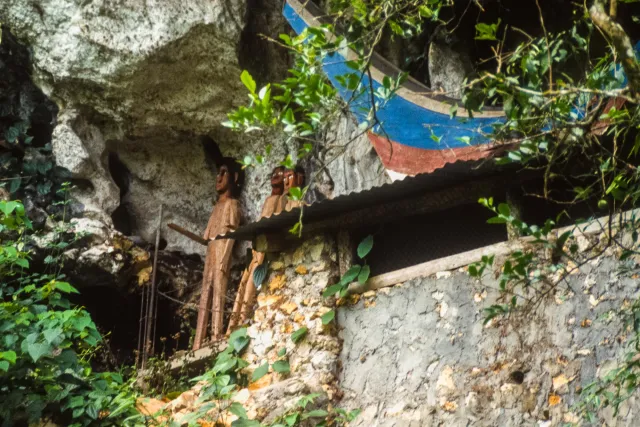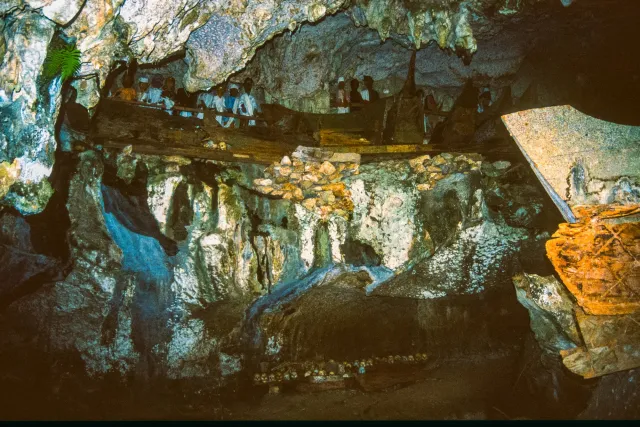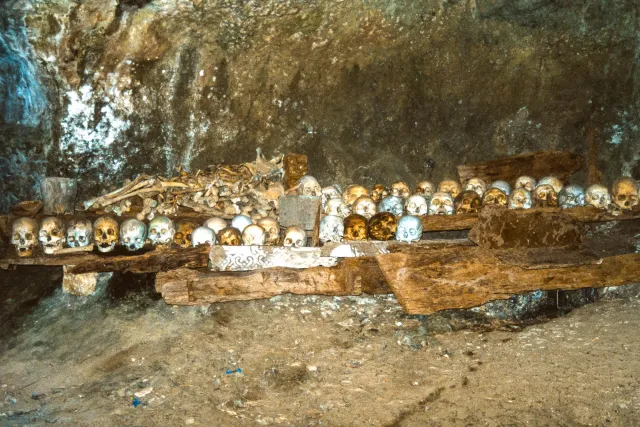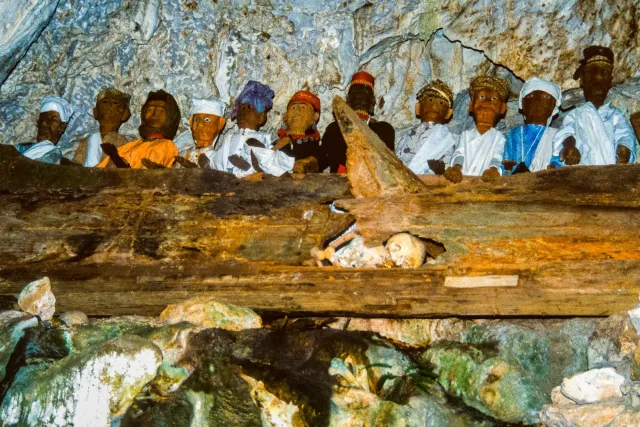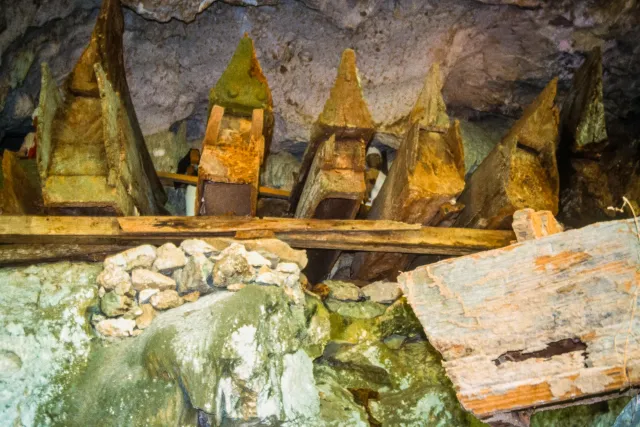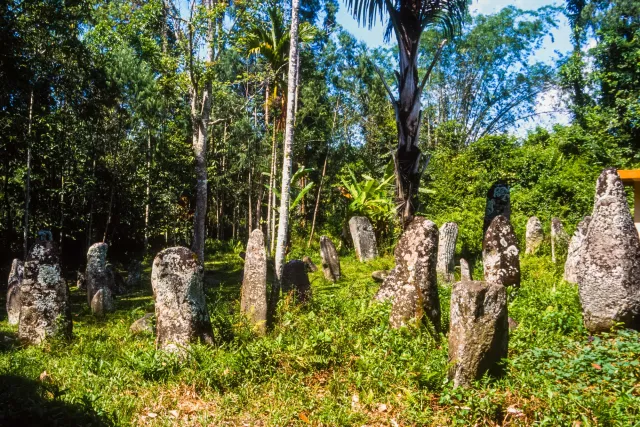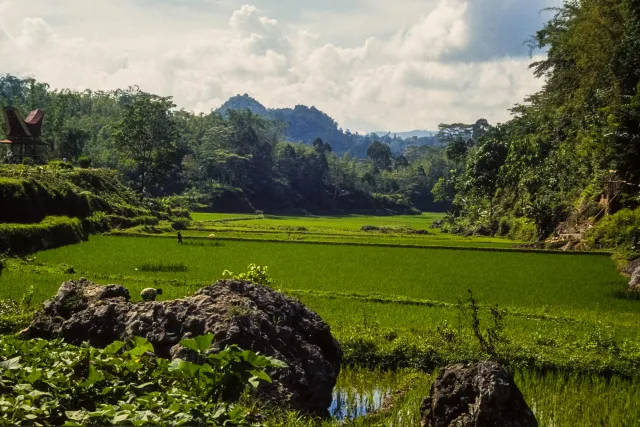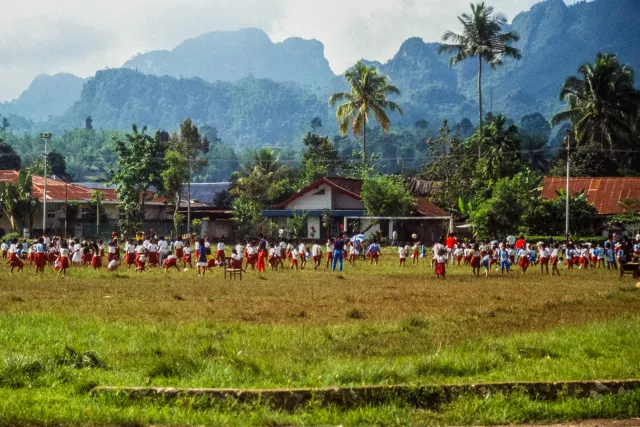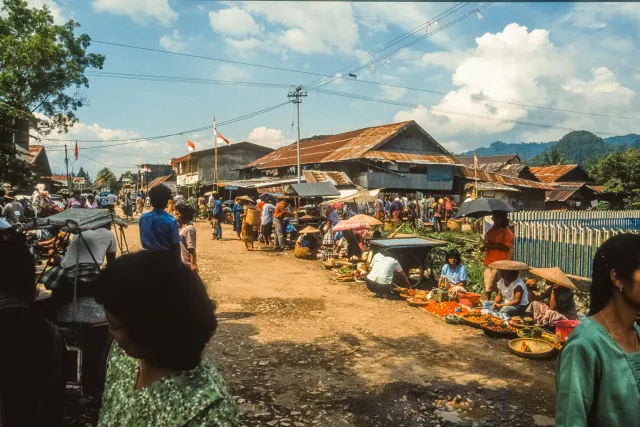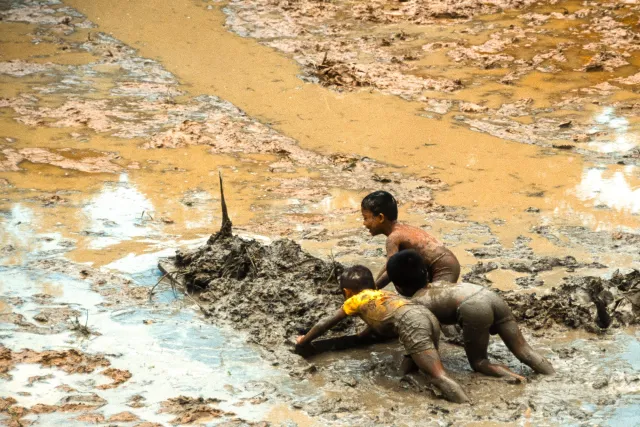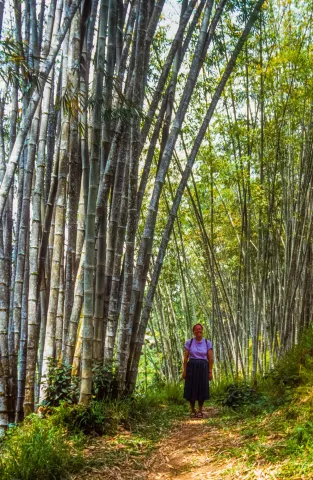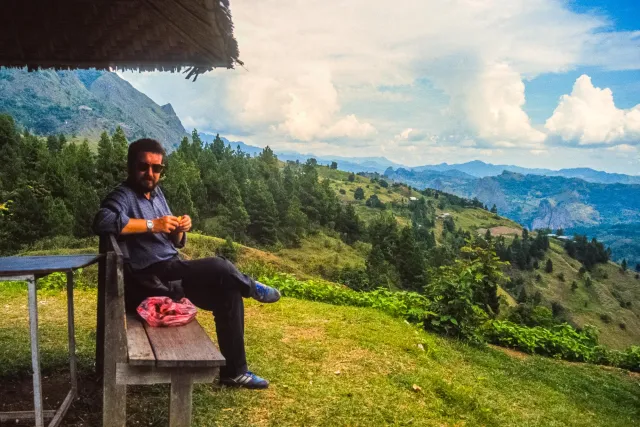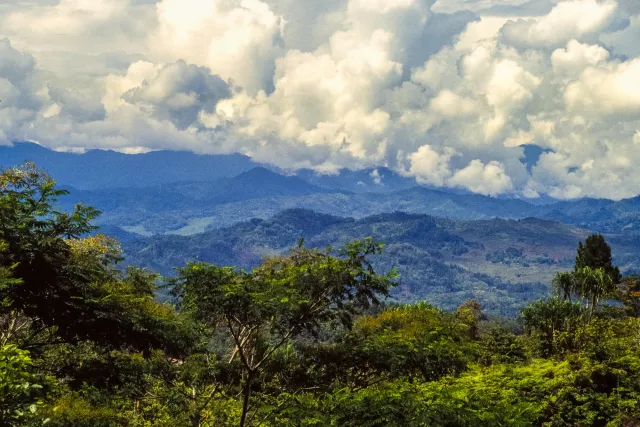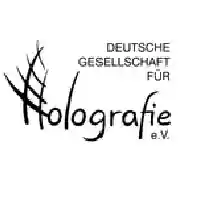The Indonesian island of Sulawesi, whose outline is reminiscent of an elephant, was formerly called Celebes, a name also made famous through the painting by Max Ernst, which has been on view in the Tate Gallery since 1975.
But it was not this early surreal painting that brought us to Rantepao in the highlands of the Toraja in 1989, but the extraordinary culture of the Toraja, which can be admired in their impressive houses, the Tongkonans, their villages and in their extraordinary rituals.
The construction of a Tongkonan is very complex and its construction works without nails or screws. A village consists of two rows of tongkonans facing each other. Opposite the houses on one side are the rice granaries in a similar construction - all on wooden stakes.
The Toraja believe in "Aluk" the way. Their belief system is polytheistic and animistic and assigns the world three levels to the upper world (heaven), the world of men (earth) and the underworld. Their culture is passed on through strong rituals that are divided into rituals of life and death, which must not be mixed. While Christianization gradually replaced the rituals of life, the death rituals are still of great importance for the Torajas today, who regard earth life only as a transition point for the afterlife (puya). The funeral rites are therefore of the greatest importance, because only in this way can a good transition into the afterlife be realized. However, the rituals are also very costly, as they require the sacrifice of many water buffalo, cockfighting and much more. For example, the deceased may be rolled up in carpets for several years and embalmed with formalin in the house until there are enough assets to carry out the funeral rites.
Valuable grave goods are placed in their elaborately carved wooden coffins for the dead. The coffins are then hung on wooden walls or kept in caves in rock walls. A special ritual consists of carving wooden figures that show the characteristics of the deceased. These dew-dew are in front of the graves and over time have become popular objects of grave robbers, so that the originals were discovered in various US museums as well as in the Smithonia Institute. Consistently, the dew are more hidden than shown openly nowadays.
We visited several villages from Rantepao and were touched by the landscape and the friendly nature of the people. Our trip has therefore sent the old German ridiculous verse far into the archive: " "Der Elefant von Celebes, hat hinten etwa Gelebes, der Elefant von Borneo, der hat dasselbe vorneo".
